Electric cars are marketed as the clean, green, and guilt-free transportation of the future – but there’s more to the story. Manufacturing, charging, and disposing of electric vehicles (EVs) all come with their own environmental costs, some of which are hidden or overlooked.
Electric cars aren’t as eco-friendly as they seem at first glance, and understanding their hidden impacts can help you make more informed choices about your transportation and its effect on the planet. Here are the reasons why EVs may not be as green as you think.
Mining for EV Batteries Damages Ecosystems
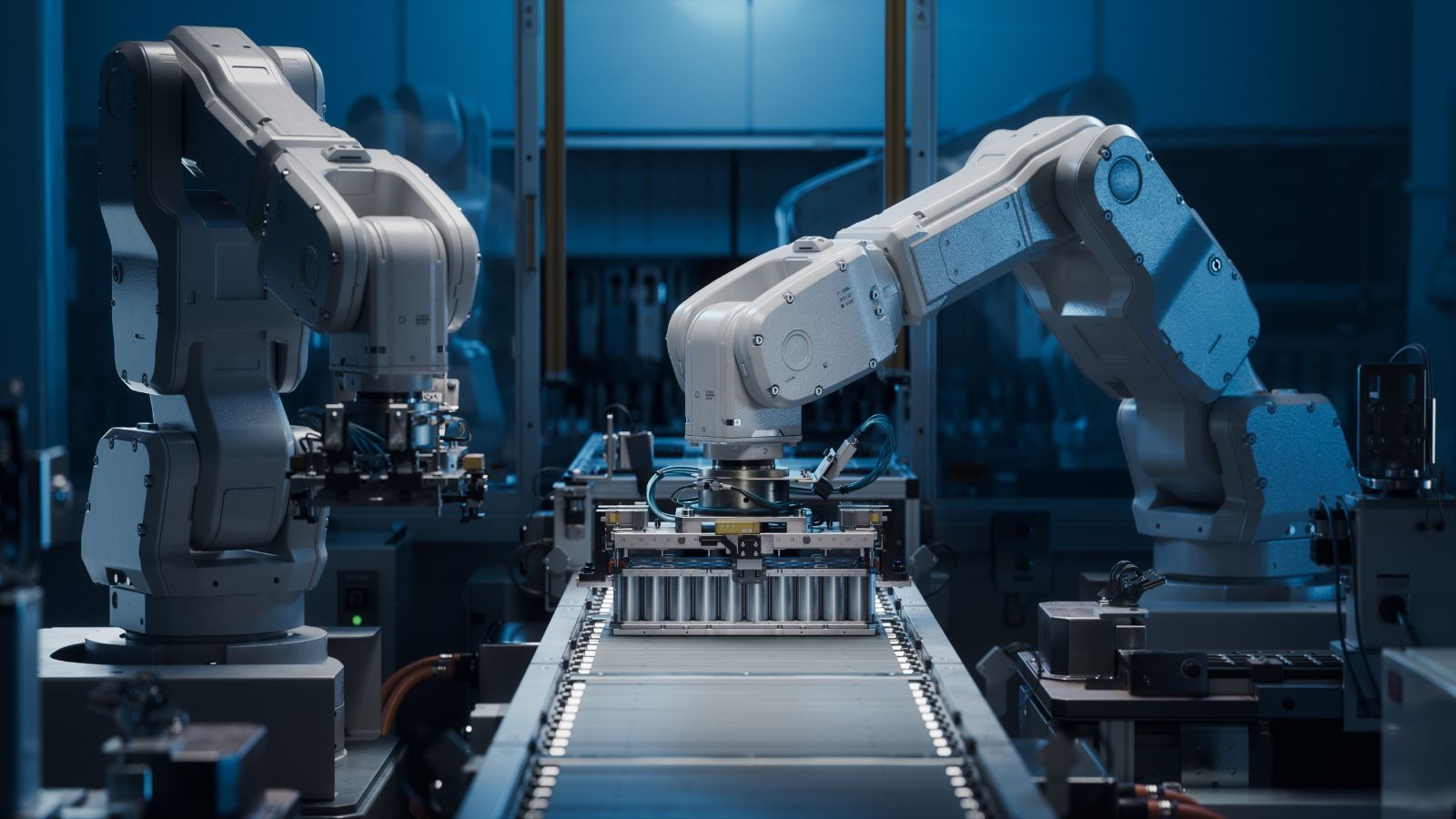
Electric vehicle batteries rely on metals like lithium, cobalt, and nickel, which must be extracted through large-scale mining. This causes pollution and deforestation and devastates ecosystems, disrupting delicate environmental balances. Furthermore, mining sites can contaminate local water supplies with toxic chemicals.
The growing demand for EVs has accelerated this extraction, putting additional pressure on natural habitats.
Manufacturing EVs Produces High Carbon Emissions
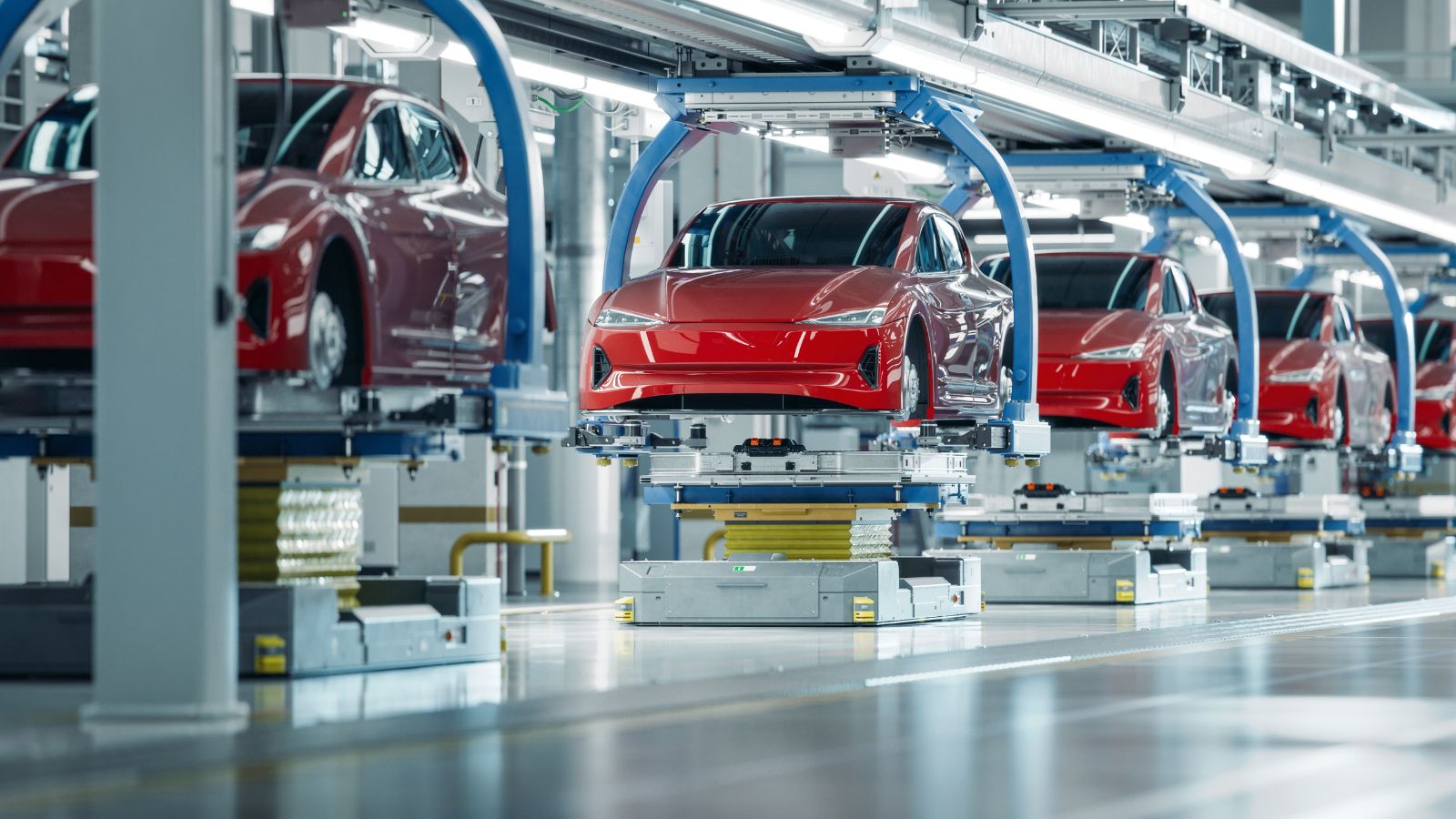
Studies show that making an EV creates up to double the carbon emissions of producing a gas-powered vehicle. This higher initial carbon footprint means it can take years of driving for an EV to offset the environmental impact of its manufacturing process. The lithium-ion batteries that power EVs are particularly energy-intensive to produce.
Electricity Grid Often Relies on Fossil Fuels
Even though EVs don’t produce emissions while driving, the electricity used to charge them often comes from polluting sources. Electric cars rely on power from the grid, but in many areas, that grid is still dominated by fossil fuels like coal and natural gas.
In some regions, the carbon footprint of driving an EV may not be much lower than that of a fuel-efficient gasoline car.
Recycling EV Batteries Is Challenging
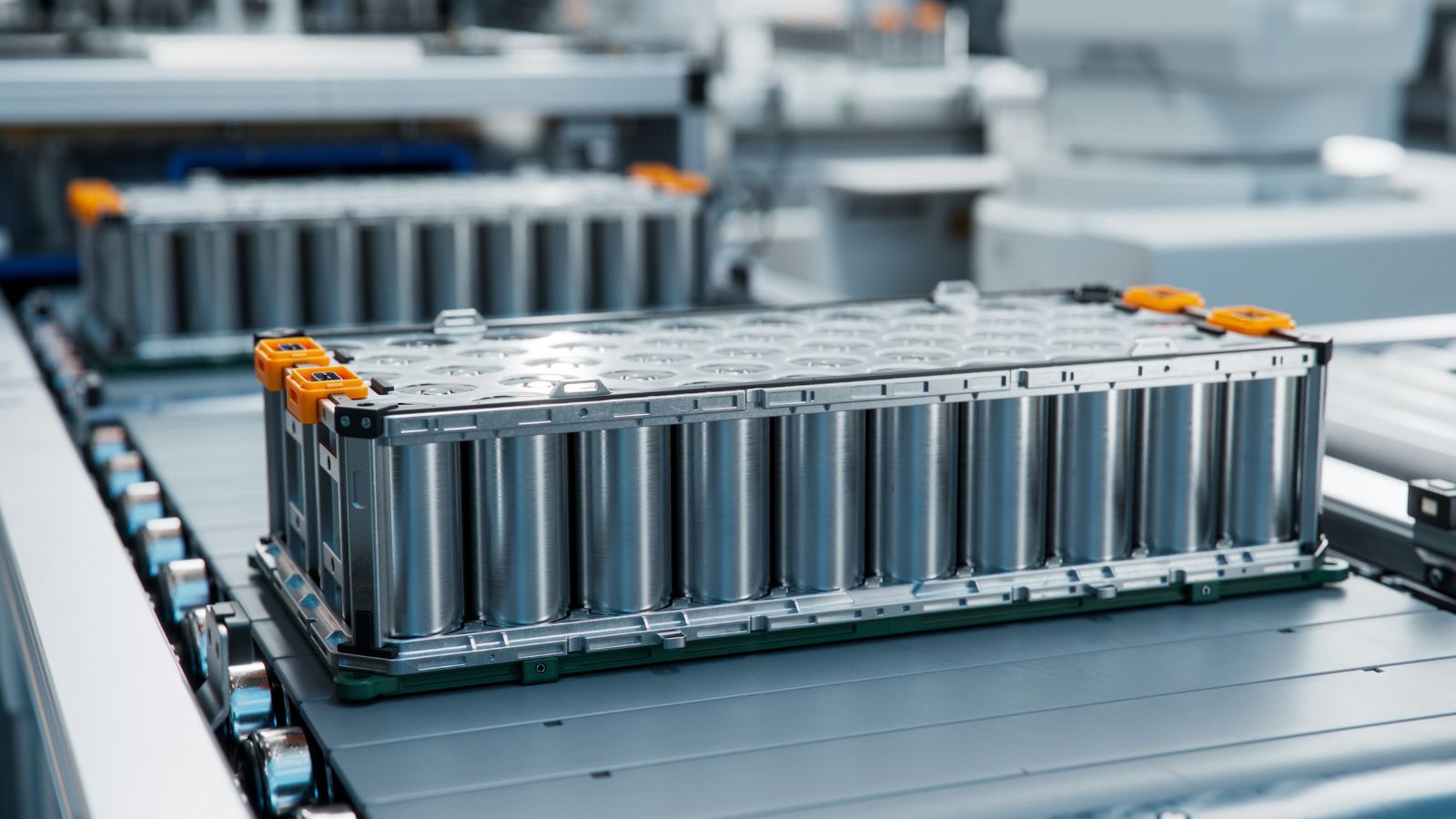
It’s difficult to recycle the lithium-ion batteries that power electric cars. Specialized facilities are needed to break down these batteries and recover valuable materials like lithium, cobalt, and nickel. These facilities are limited, so most used batteries end up in landfills, where they can leak harmful chemicals into the soil and groundwater. Recycling also requires significant energy and resources, adding to the environmental cost.
Exploitation of Workers in Battery Mining

There’s a huge human cost in extracting the metals required for EV batteries. Cobalt and lithium mining often take place in developing countries with weak labor protections. Workers, including children, are exposed to dangerous conditions, long hours, and low wages.
Communities near mining sites also face environmental degradation, water shortages, and displacement. These ethical concerns challenge the notion that electric vehicles are a sustainable solution.
Electric Vehicles Depend on Finite Resources

The Lithium and cobalt essential for EV batteries are known as rare earth metals – and for good reason. Supplies of these materials are finite, and as EV demand grows, mining operations will expand into previously untouched areas, causing further ecological harm. This ongoing reliance on limited resources raises questions about the long-term sustainability of electric cars.
Water Usage for Battery Production Is Unsustainable

It requires tens of thousands of gallons of water to produce a single EV battery. Lithium extraction, a key part of battery production, consumes vast amounts of water. Mining operations often take place in arid regions where water is already scarce.
In South America’s so-called lithium triangle, water use for mining has depleted local supplies, adversely affecting farming and drinking water access for local people.
E-Waste from EVs Adds to Landfill Problems
When EVs reach the end of their useful life, their batteries, motors, and other electronic components often end up discarded and buried in landfill. Lithium-ion batteries contain toxic materials that can leach into the environment. This adds to the already significant problem of managing e-waste in urban areas.
Energy Losses From EV Charging Undermine Efficiency
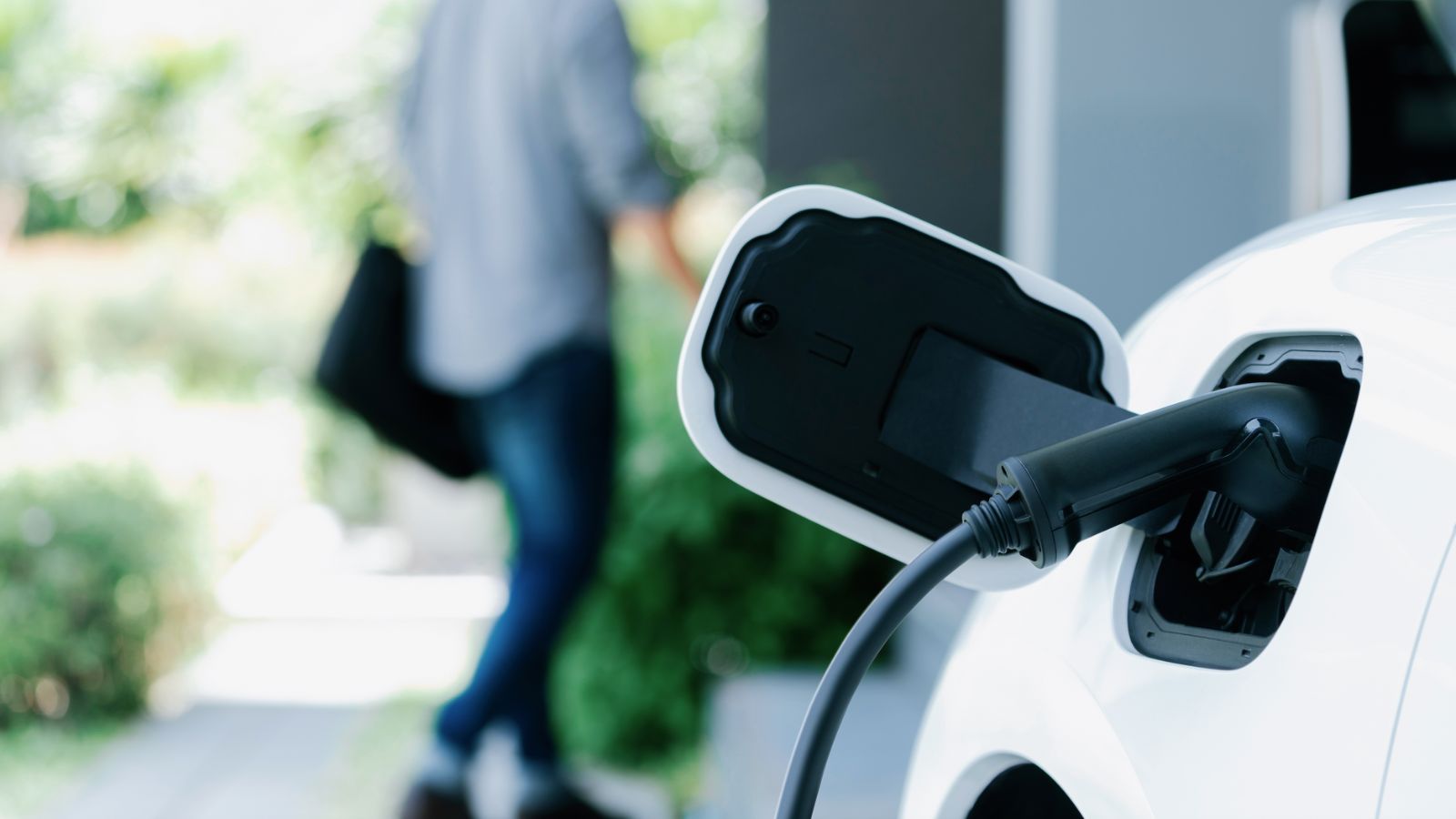
Electric cars are only as efficient as the energy systems they rely on. Power is lost at multiple points in the charging process – from generation at the power plant to transmission across the grid to conversion in the vehicle itself. Charging stations also consume energy to operate, adding another layer of inefficiency. These energy losses mean that the electricity used to power EVs isn’t as clean or efficient as it appears.
Short Lifespan of EV Batteries Creates Waste
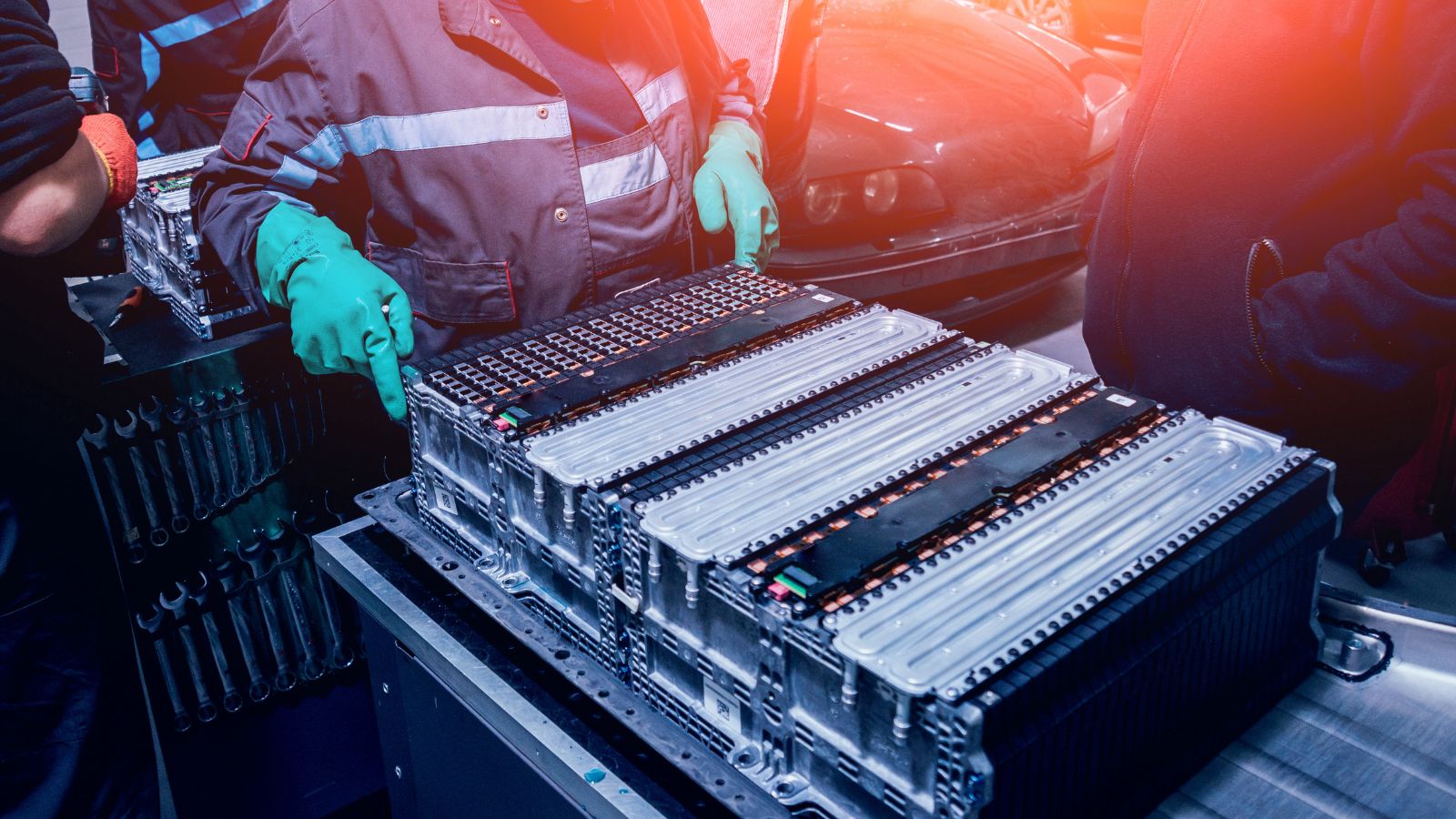
EV batteries are usually the most expensive part of an EV, but they often degrade faster than other components, significantly shortening the lifespan of electric cars. A replacement battery can be prohibitively expensive, consigning many cars to the scrapyard.
This creates additional waste and offsets the environmental benefits of driving an EV. And as more EVs reach the end of their lifespan, this waste problem will grow.
Supply Chains for EV Production Add Carbon Emissions
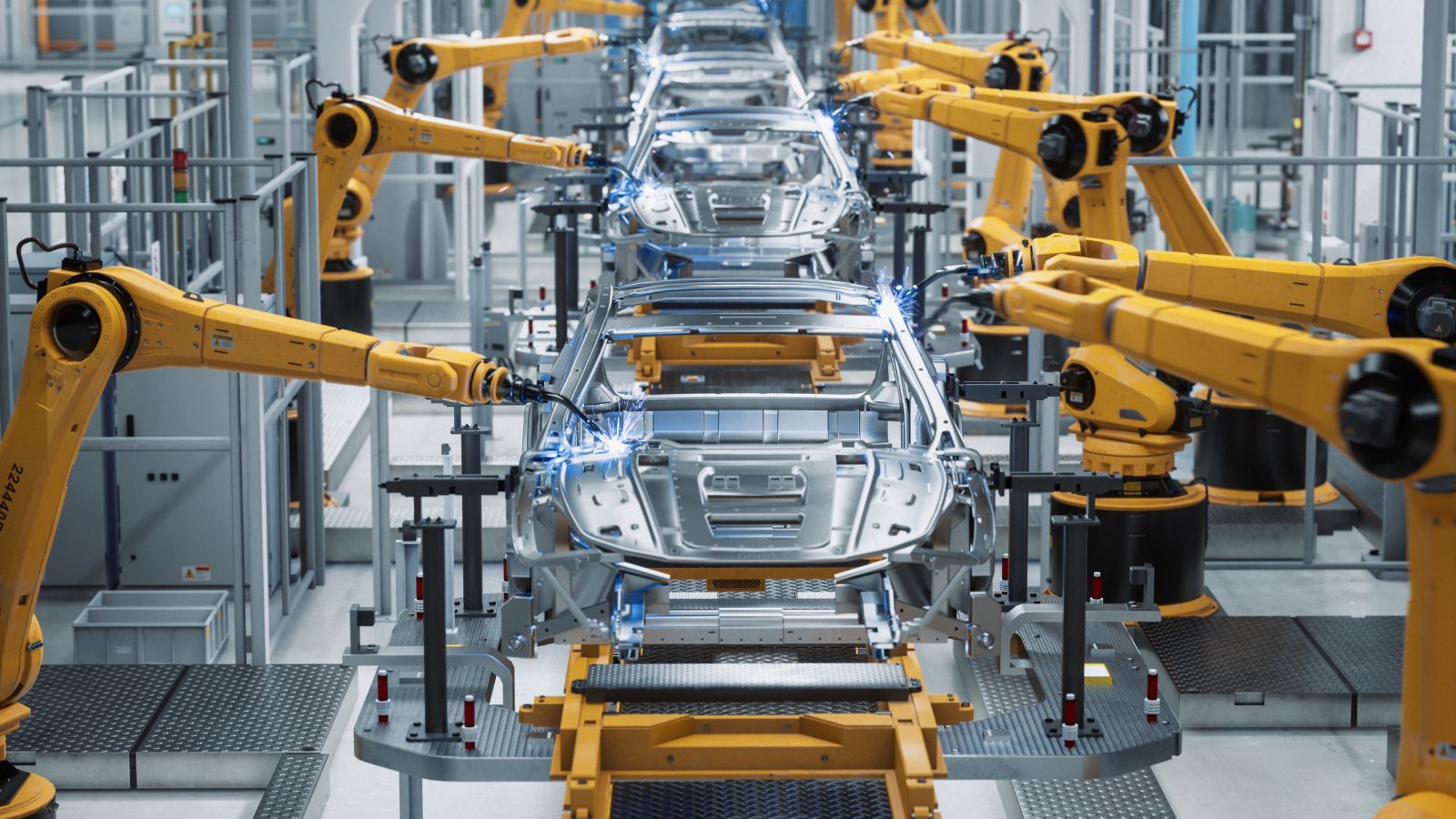
The electric car industry relies on a complex global supply chain to source the materials and components needed for production. Raw materials like lithium and cobalt are mined in one country, refined in another, and then shipped to assembly plants around the world. Each step in this process generates carbon emissions from transportation and processing.
By the time an EV reaches the consumer, its carbon footprint from production and supply chain logistics can be huge.
Charging Networks Depend on Polluting Power Sources
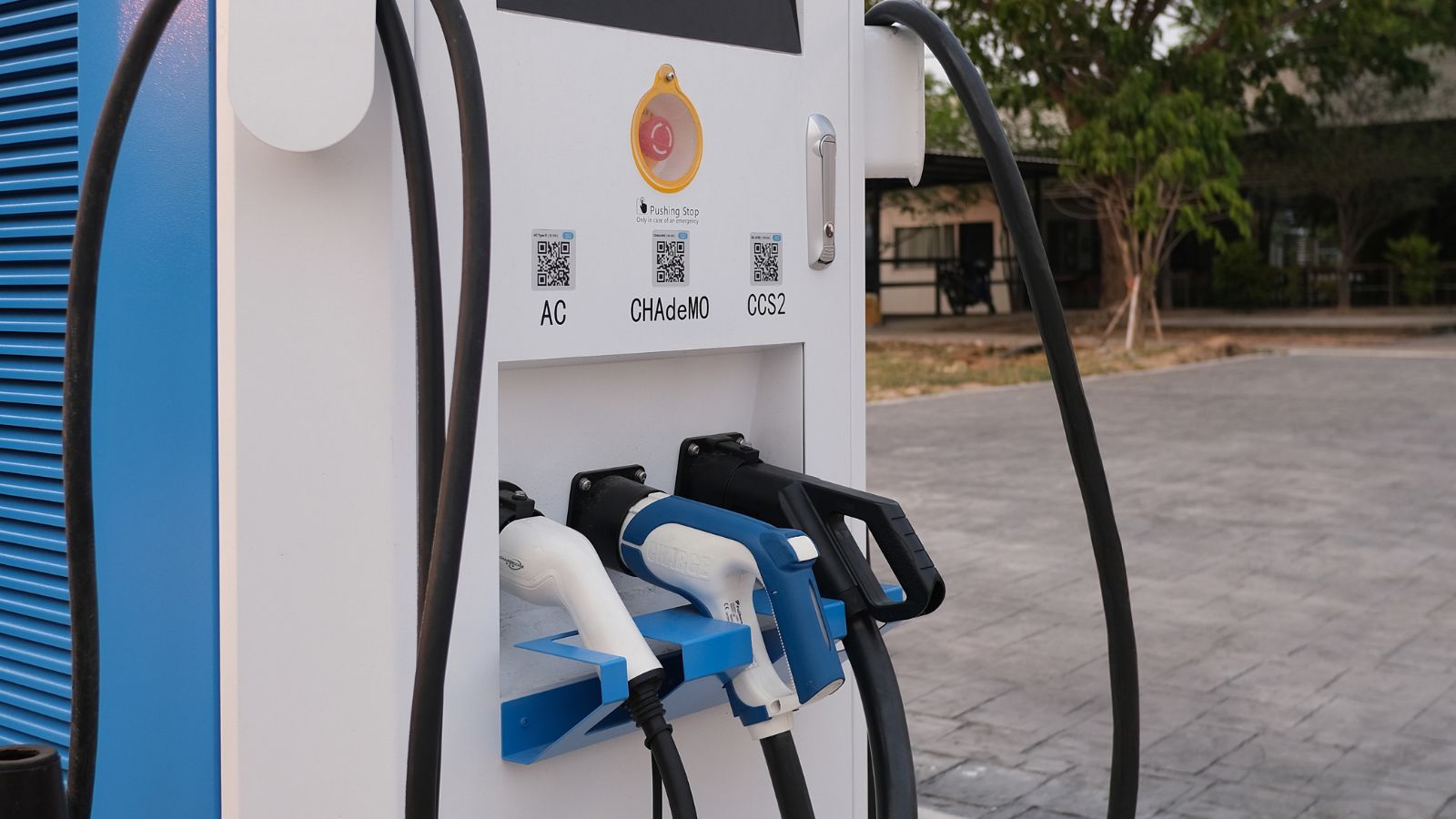
Charging stations are marketed as good for the environment, but they usually rely on the same power grid that fuels homes and businesses. In regions where coal and natural gas dominate electricity generation, charging an EV contributes to greenhouse gas emissions. Fast-charging stations put even more strain on the grid.
Heavy EVs Accelerate Road Wear

EVs may be green, but they’re far from lean, thanks to the burden of those heavy batteries. That’s why electric cars are heavier than their gas-powered counterparts. All that heft puts extra strain on our roads and bridges. Over time, this added weight increases wear and tear, leading to more frequent repairs.
Potholes, damaged asphalt, and weakened infrastructure require significant resources to fix, often funded by gas taxes. Since EV owners don’t pay these taxes, the cost burden shifts to taxpayers.
Slow Charging Times Waste Energy
Waiting around for a charger to do its job isn’t just boring, it’s a waste of resources. Slow-charging stations require vehicles to sit idle for hours, which increases overall energy usage and creates inefficiencies. Worse still, your valuable time spent waiting for a charge often leads to wasted opportunities for other productive uses of energy and resources.
Renewable Energy Growth Lags Behind Demand

There isn’t enough renewable energy in the grid to support the rapid growth in EV adoption. Coal, natural gas, and other non-renewable sources still dominate electricity generation in most regions. While solar and wind power are expanding, their current capacity falls short of what’s needed to power the increasing number of electric cars sustainably.
As EVs draw energy from fossil-fuel-heavy grids, they undermine their potential to reduce carbon emissions. Until renewable energy becomes the primary power source, EVs will struggle to fulfill their promise as a green alternative to traditional vehicles.
Ignoring Other Eco-Friendly Solutions in Favor of EVs

Everybody’s talking about EVs being the future of sustainable transportation, but they aren’t the only solution. Public transit, cycling, and walking produce far fewer emissions than any car, electric or otherwise. There are also other potential power sources, like Hydrogen fuel cells. Overemphasis on EVs will lead to underinvestment in more efficient and accessible alternatives.
Up Next:
- 16 Reasons Why You Should Never Buy a Car With Cash
- The 15 Most Dangerous Roads in America to Avoid on Your Trip
- 14 Outdated Car Features From the ‘90s No One Cares About Anymore
